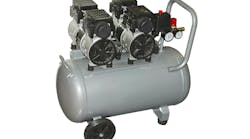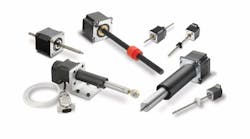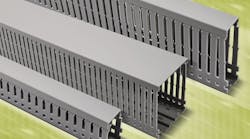The ability to reliably detect vehicles offers significant advantages for asset management, resource allocation, site safety, and traffic control. Identifying the right technology for your vehicle-detection application can be challenging, and many factors must considered, including task, size of target, sensing range, sensor mounting, and whether the application is primarily indoor or outdoor.
For each of the five technologies discussed here, we describe advantages, important considerations, and typical applications. Please note that many of these technologies can be used to solve the same application, and in some cases, it may be beneficial to combine two sensing methods to achieve the required level of precision. This article offers general guidelines for educational purposes and is not exhaustive.
Wireless Magnetometer
Sensing range: Depends on the size of target
Size of target: All targets, but smaller vehicles such as motorcycles may be more difficult to detect
Mounting: Can be installed above grade or below grade (typically one inch below grade)
Indoor/outdoor: Both
Magnetometers can be either wired or wireless, but for the purposes of this article, we will focus on wireless magnetometers, which offer important advantages to the end user. A magnetometer works by using a passive sensing technology to detect large ferrous objects (for example, a truck, automobile, or rail car) by measuring the change in the ambient magnetic field. When a vehicle alters that magnetic field, the sensor detects those changes. As with other sensors, the range of the magnetometer will depend on the target.








